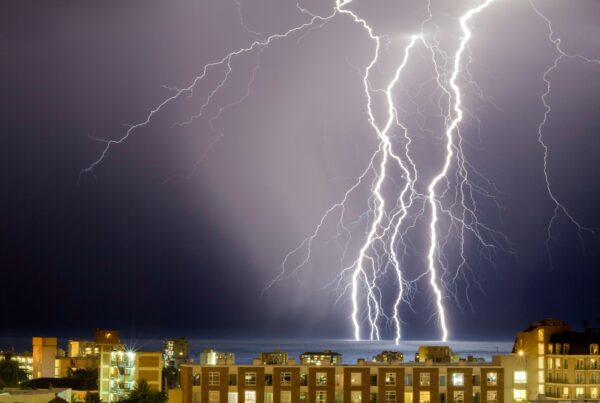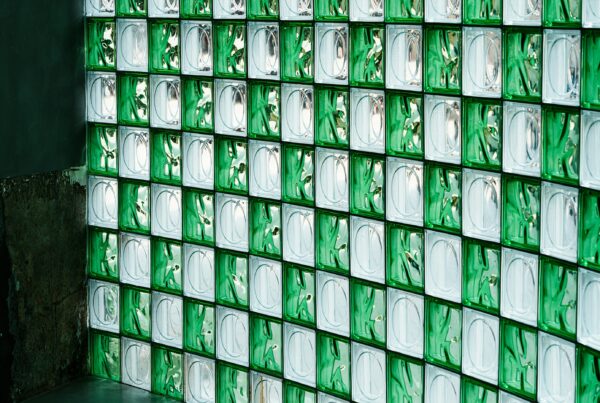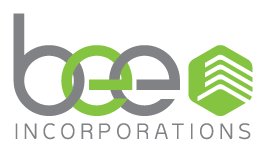Hong Kong certainly didn’t become one of the world’s greats if not for its forward-thinking policies, especially when it comes to embracing new technologies in urban planning.
Sure, once in a while the traditionally ingrained practice of feng shui still influences construction projects. For instance, citizens who happened to be living in nearby construction sites have been known to file for compensation claims for the inadvertent disruption of their chi. This is a country where a building situated in Repulse Bay proudly sports a hole through its middle, so that mountain dragons can freely pass through and drink from the ocean.
On the whole though, the government tries to achieve that delicate balance between superstition and science.
When it comes down to it, the Chinese obsession with chi and the proper redirection of its flow to improve life doesn’t really differ at all from the noble goals of urban planning. Successful urban planning integrates spaces and infrastructures into the environment as smoothly and efficiently as possible, so in that respect, both feng shui and building science aim to achieve perfect harmony with nature.
And if a harmonious merging of those two belief systems can also be had, then all the better.
LEED Hong Kong
Over the years, Hong Kong has strived to adopt eco-friendly building practices for all its urban planning projects. It’s important that careful thought goes into each stage of planning, constructing, and maintaining the next awesome skyscraper to crop up in the city. Or barring that, the renovation of exisiting buildings. The desired result: spaces and structures that are not only architecturally elegant but well-oriented, energy-optimized, fully-sustainable, and low in carbon footprint as well. Of course, it can’t hurt if it’s feng-shui-compliant too.
Accomplishing all these is definitely something to be proud of, considering the fact that Hong Kong has one of the densest populations in the world: approximately 6,300 people per square kilometer. Space is scarce, and naturally has to be made the most of.
For these forward-thinking policies, Hong Kong earned for itself an award in the Best Regional Policy Reviewin the 2008 World Sustainable Building Conference held in Melbourne.
* * *
The other neat part about the Hong Kong government: its respectful recognition of both LEED (Leadership in Energy and Environmental Design) and its own homegrown BEAM (Hong Kong Building Environmental Assessment Method).
A 2009 circular by Hong Kong’s Development Bureau reads as follows:
“All new government buildings with construction floor area of more than 10,000 m2 should aim to obtain the second highest grade or above under an internationally or locally recognized building environmental assessment system such as the Leadership in Energy and Environmental Design Green Building Rating System (LEED) or Hong Kong Building Environmental Assessment Method (BEAM), and in due course the assessment system to be developed by the Hong Kong Green Building Council which will soon be established….”
From this we can see that Hong Kong doesn’t claim homebase advantage. Whether the developer comes down on the LEED side or the BEAM side of the equation, Hong Kong’s Development Bureau allows either of the two.
After all, no one should have exclusive rights over the environment, much more the ratings which are supposedly meant to work for it. And let’s face it, no single rating system of building sustainability and reduced ecological impact is hands down definitive and final. The two frameworks, along with other countries’ own rating systems, are constantly evolving.
Even LEED, for all its transparency, can be flawed or biased at times. (Note the LEED Silver certified Palazzo in Las Vegas, despite the hotel being built on an essentially drought-ridden landscape, according to Dominic Muren in his book Green’s Not Black & White.)
If anything, as with feng shui and science, the two rating systems of LEED and BEAM shouldn’t clash, but instead complement each other. At best, this healthy duality should keep the two rating systems honest.
* * *
With some 112 buildings currently under construction in Hong Kong, and over a hundred more slated to be built in the future, according to Emporis.com, Hong Kong’s world famous skyline is in a constant state of flux.
Always a good thing for Hong Kong’s unstoppably robust economy. Let’s hope that’s also the case for the environment.










